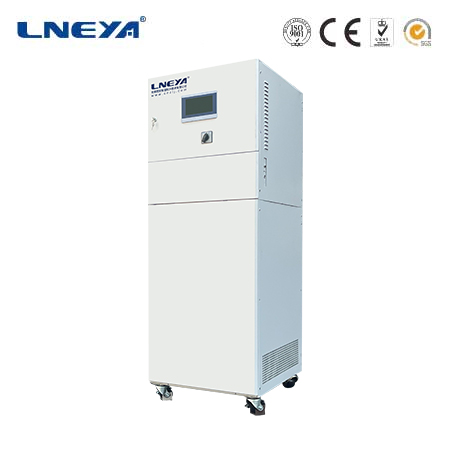heating cooling temperature controller
Introduction to Heating Cooling Temperature Controllers
Heating cooling temperature controllers play a vital role in a wide range of applications where precise temperature control is required. These controllers ensure that the temperature of a system remains stable, whether it needs to be heated, cooled, or maintained at a specific temperature setpoint.

Principles of Temperature Control
Temperature control systems can be broadly classified into two types: open loop and closed loop. Open loop systems apply continuous heating or cooling without monitoring the actual temperature, similar to a car’s internal heating system. Closed loop systems, on the other hand, constantly measure and adjust the output temperature to maintain it at the desired setpoint, akin to a car’s climate control system.
Types of Temperature Controllers
There are several types of temperature controllers, including:
Analog Controllers: These provide simple ON-OFF control and are cost-effective for basic applications.
Digital Controllers: Offer more sophisticated control options, including PID (Proportional-Integral-Derivative) control, which adjusts the output based on the error between the setpoint and the actual temperature.
Multi-Loop Controllers: Designed to control multiple processes simultaneously, ideal for complex systems with varying temperature requirements.
Applications of Temperature Controllers
Temperature controllers are used in various industries, such as:

Industrial Processes: For processes like plastic extrusion, food processing, and chemical reactions where precise temperature control is crucial.
HVAC Systems: To maintain comfortable temperatures in buildings by controlling heating and cooling systems.
Medical and Scientific Equipment: In incubators, refrigeration equipment, and laboratory testing devices that require stable temperature conditions.
Selecting the Right Temperature Controller
When selecting a temperature controller, consider factors such as the required accuracy, the type of control system (open or closed loop), the environment in which it will operate, and the potential need for remote monitoring or automation.

Conclusion
Heating cooling temperature controllers are indispensable for maintaining optimal temperatures in a variety of applications. Understanding the principles of temperature control and the different types of controllers available is essential for selecting the right system for any given application. By ensuring precise temperature regulation, these controllers contribute to the efficiency, safety, and reliability of countless processes and systems.
Related recommendations
difference between water cooled chiller and air cooled chiller
229Difference between Water Cooled Chiller and Air Cooled Chiller Chillers are essential pieces of equipment in the field of refrigeration and cooling systems, used to remove heat from a liquid vi...
View detailsprocess heating and cooling
396Process Heating and Cooling: Technologies and Market Trends Process heating and cooling systems are critical in maintaining the desired temperature ranges in numerous industrial processes, from...
View details40 ton air cooled chiller
82Working PrincipleThe 40 ton air cooled chiller operates on the vapor-compression refrigeration cycle, which involves four main stages:Compression: The compressor takes in low-pressure, low-tempe...
View detailschiller 3 kw
238All You Need to Know About 3 - kW ChillersWhat is a 3 - kW Chiller?A 3 - kW chiller is a cooling device with a nominal cooling capacity of 3 kilowatts. It is designed to remove heat from a specifi...
View details
 LNEYA Thermal Test Chillers
LNEYA Thermal Test Chillers






HelloPlease log in